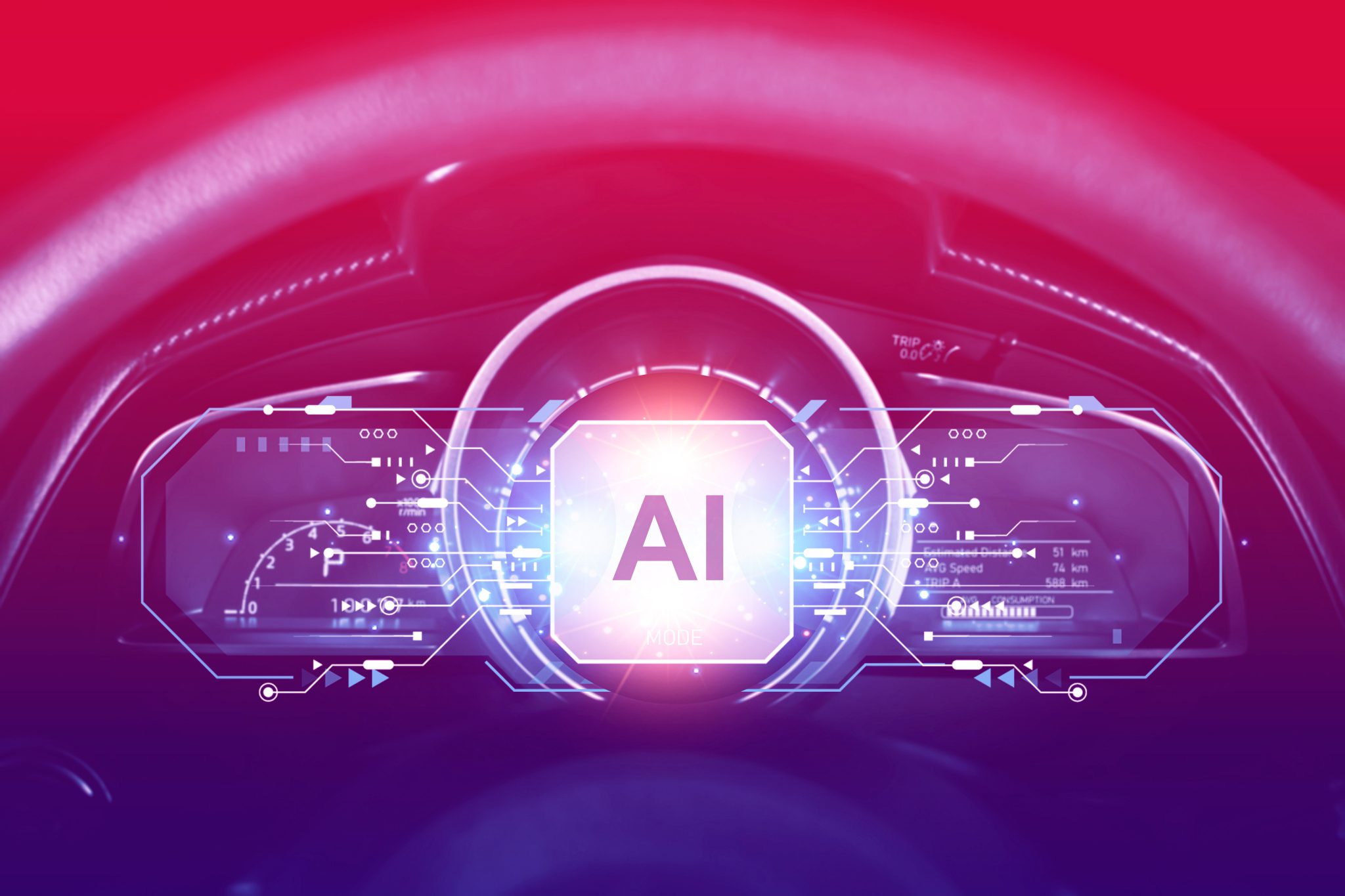The automotive industry is evolving at a rapid pace. Digital transformation, new revenue streams, and increasing automation and software are changing the way cars are built, bought, and driven. This means there are numerous opportunities for manufacturers and others within the industry to take advantage of.
A McKinsey report predicts that revenue within the automotive industry could increase to $6.7 trillion by 2030. This leap will be driven by evolving mobility offerings, digitization, and new business models. However, that doesn’t mean there aren’t challenges ahead. Whether it’s the increasing safety requirements for autonomous driving systems, parts shortages, or changes in customer behavior, there are still bumps in the road ahead.
In order to solve these challenges, many automakers are turning to artificial intelligence (AI) to work around some of these hurdles.
Chip shortage
Analysts at AutoForecast Solutions predict the chip shortage will result in automakers building around three million fewer vehicles in 2023. While we are seeing supply chain issues begin to ease, the shortage of chips is still putting strain on manufacturers.
One possible solution is to reduce the NAND chip storage needed within a vehicle. Many current update solutions such as full-image or binary diff updates require dual partitions in the endpoint memory. This allows the update to write to the second partition so it can be rolled back to the previous version if it fails.
This not only requires double the amount of NAND chip memory but could also have a knock-on effect on other ECUs within the vehicle. If an update fails, other areas of the vehicle might need to also roll back, something that might not always be possible.
AI-powered technology, such as Line-of-Code Intelligence updates, can solve these challenges and reduce the amount of chip storage needed. This method of delivering software updates to the car requires fewer flash memory banks as it writes the fully executable update file to the next free space on the chip — without deleting previous versions. This takes up much less space while also giving manufacturers the ability to roll back to any previous version of the software even without a second bank of flash memory.
Read more here: Could software be the answer to the chip shortage?
Safety requirements
With 94% of all road traffic incidents caused by human error, it’s no surprise the European Commission has introduced new rules to increase safety. These new guidelines state that all vehicles will need specific advanced driver assist systems (ADAS) in place by 2024, which means automakers need the right software and technology to comply.
All vehicles will need to include:
- Intelligent speed assistance
- Reversing detection with camera or sensors
- Attention warning in case of driver drowsiness or distraction
- Event data recorders
- An emergency stop signal
Cars will also need other features such as lane-keeping assist and automated braking, while other types of vehicles have their own additional requirements.
These are all complex, interlinked systems that could pose a challenge for automakers as they develop new safety systems and software. To ease this and keep both quality and safety high, many manufacturers are turning to AI — specifically Vehicle Software Intelligence (VSI).
VSI uses AI to map the interdependencies of each safety system. This makes it easier for developers to see how their changes might affect other functions. This hugely speeds up the time to market for the ADAS features and any future updates.
Read more: Safely certifying software-defined vehicles
Software recalls
Between 2011 and 2020, 331 million vehicles were recalled in the USA due to safety-related issues — with the European market not far behind. In an increasingly competitive landscape with newer manufacturers such as NIO, Rivian, and Lucid challenging legacy manufacturers, this is a problem that needs solving.
AI can support developers as they build and test the software for a vehicle. This can lead to fewer errors and, as a result, fewer recalls. On top of this, AI-powered over-the-air updates can also make any bug fixes much more straightforward — without requiring the customer to take their car to a garage or wait while it updates over the air.
Line-of-Code Intelligence technology maps all interdependencies to better understand the effect of any changes on other functions within the vehicle. This helps to eliminate recalls caused by updates to software that in turn, cause errors in other areas of the car
Small profit margins
The automotive industry is famous for its small profit margins but automakers are being squeezed by recessionary fears and a cautious market. While the recent increase in demand has allowed for profit margins to expand once again, the threats on incumbants from new mobility companies is once again threatening margins. This means manufacturers need to look for other ways to increase revenue.
Using a car’s software to deliver new features isn’t anything new — take Tesla’s Full-Self Driving feature ($15,000), for example — but it’s something legacy manufacturers have been slow to get on board with.
AI technology can support manufacturers in developing these new offerings as well as in the way they’re delivered. A frictionless experience from order to update will ensure customers take advantage of new features such as subscription services, acceleration upgrades, and more — all of which will provide a new revenue stream for manufacturers.
Read more: Challenges of using software as a revenue-generation tool
Artificial intelligence might not be the silver bullet that will fix all of the industry’s problems but it has a chance to drastically ease some of the challenges faced by manufacturers. Solutions such as VSI and Line-of-Code Intelligence from Aurora Labs can help automakers optimise the processes required to realise new revenue streams, increase quality and weather supply chain shortages.
If you’d like to find out more about what Aurora Labs offers, contact us today.






 9 min read
9 min read
![Agile Development in Automotive [Pt. 3] Agile Development in Automotive [Pt. 3]](https://www.auroralabs.com/wp-content/uploads/2024/04/Tal-Avidan_Blog_lobby_768x432-1-1024x576.jpg)